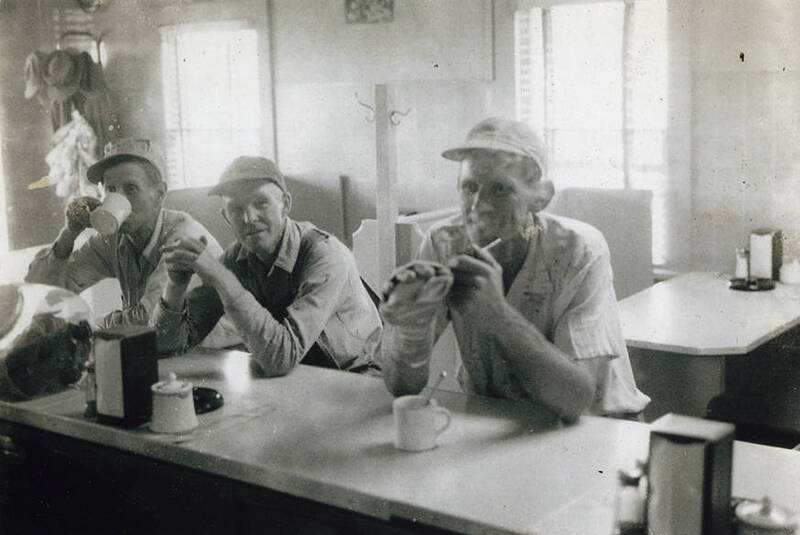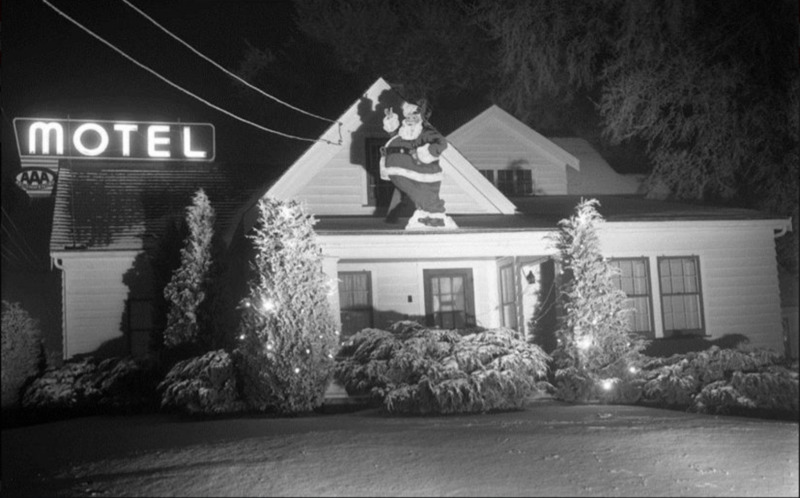Historic Route 66 in Illinois: Industry, Tourism, and Economy
The newness of these paved roads was politically advantageous for Illinois. Minimal construction meant that the route could open to traffic almost immediately in 1926, and the flatness of Route 66 made it a popular truck route. The trucking industry stimulated the local economies it drove through, with small outposts of hotels, restaurants and diners, filling stations, and roadside attractions to attract attention for money traveling through.
Route 66’s past as a long vein of winding country roads had been central to its character, and landmarks were named after its most dangerous parts. Illinois newspapers counted pile-ups, injuries, and deaths of travelers. So-called “Dead Man’s Curve” in Towanda—a slim sharp curve—was especially treacherous for speeding drivers from Chicago who misjudged the sharpness they would have to navigate.
The Federal Highway Defense Act of 1956 changed the roads dramatically. Two-lane highways became four-lanes, and new portions added to Route 66 circumvented dangerous parts like Dead Man's Curve.
When car and tourism culture took off in the 1950's the kitschy infrastructure had been well established with its legacy of trucking, and the roads were now safe enough to travel with your family in tow.



